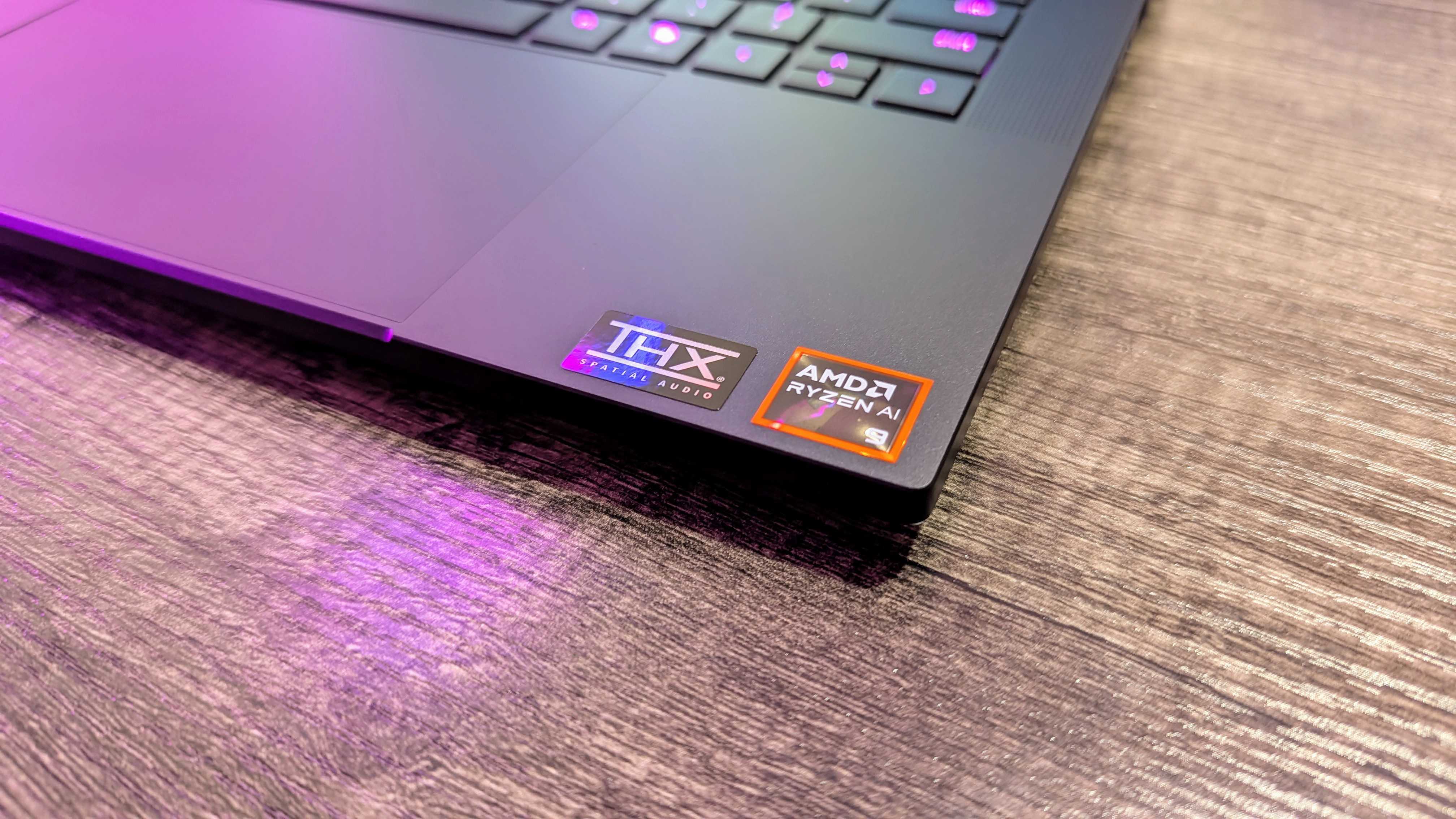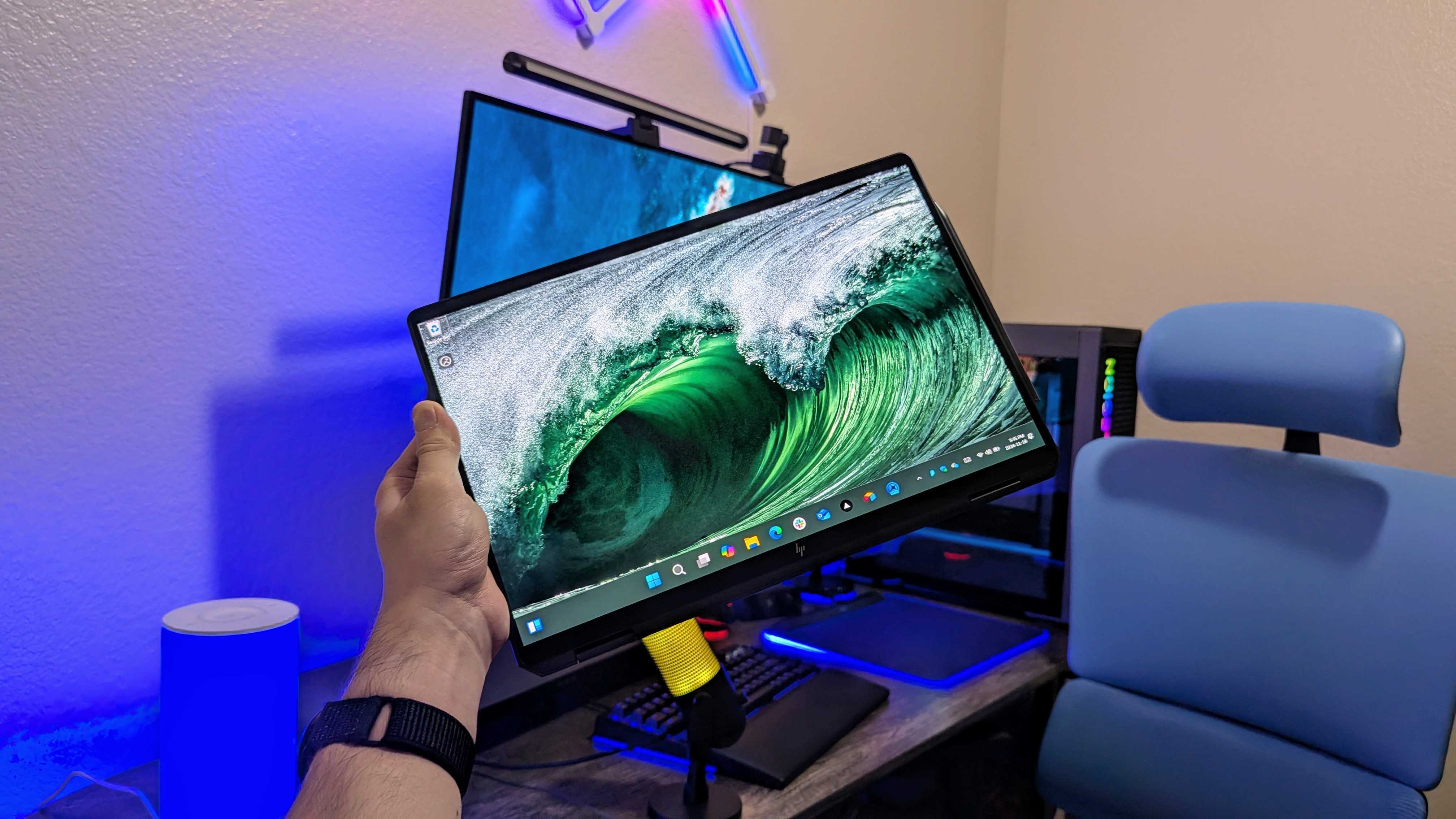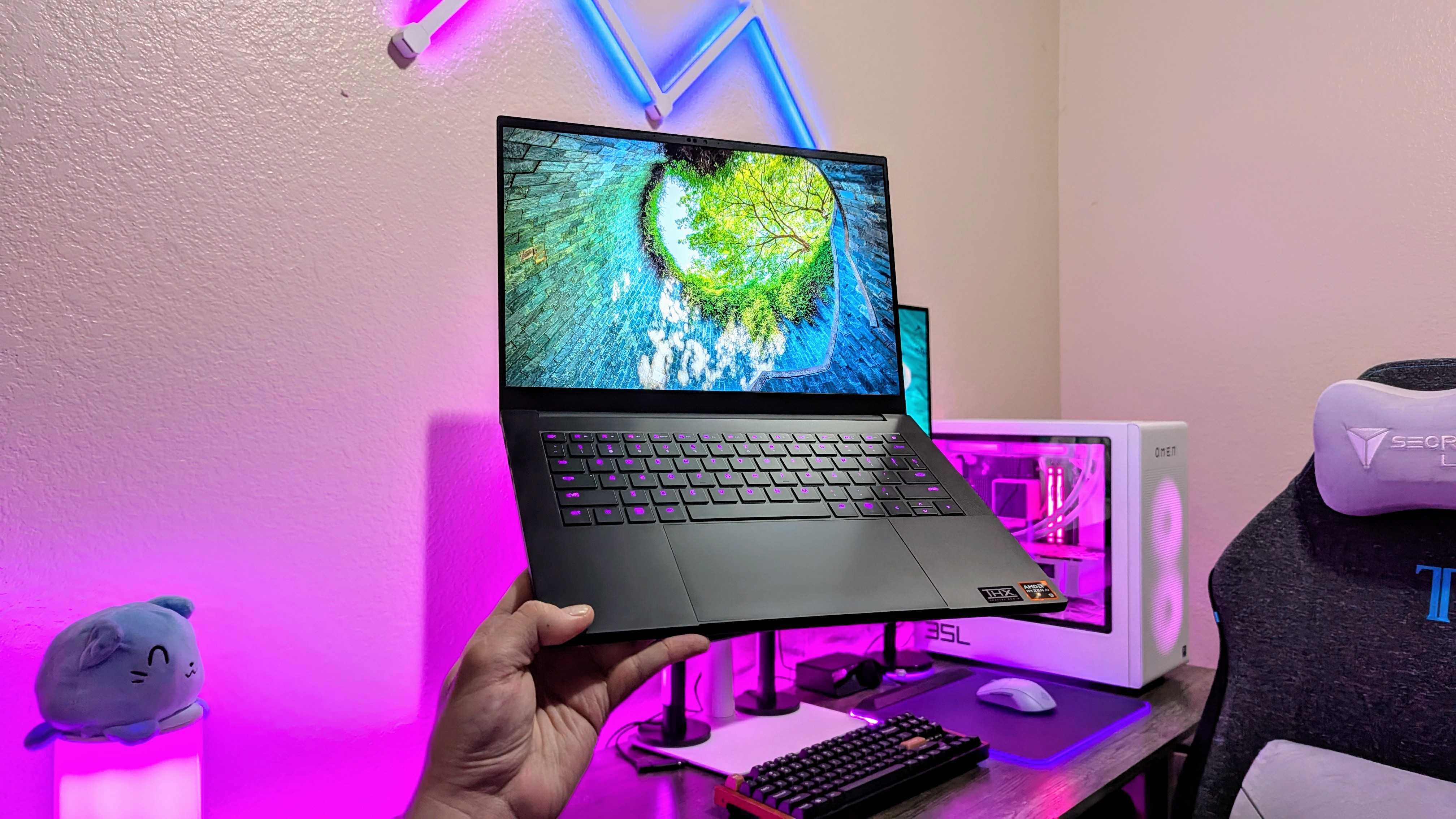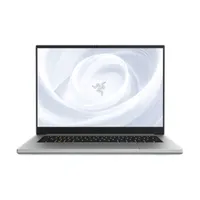The Razer Blade 14 is amazing — but should "normal" people actually buy this ultra-premium gaming laptop?
Who should spend their money on the expensive Razer Blade 14?
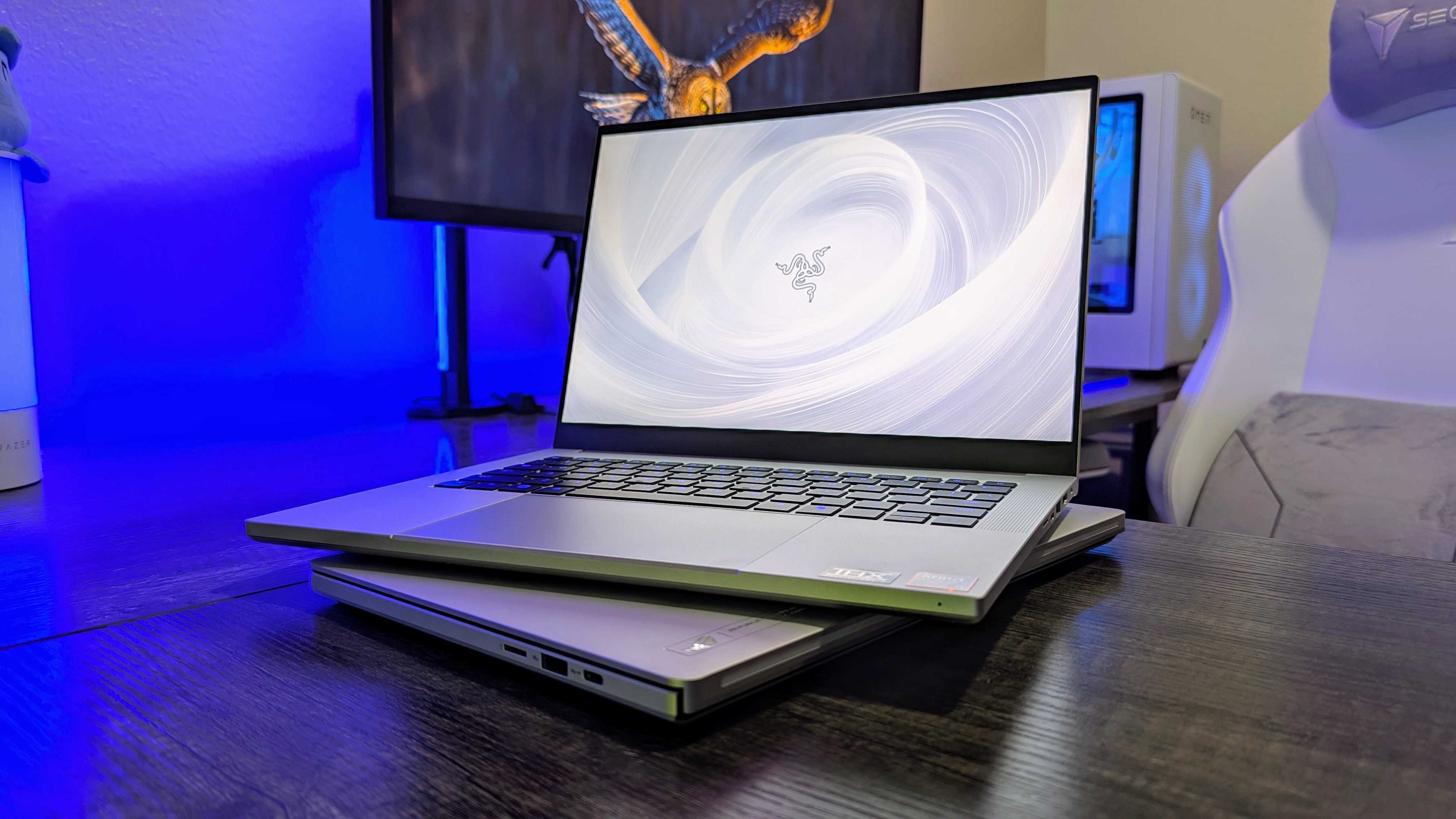
I recently reviewed the Razer Blade 14 (2025), the latest iteration (and a complete redesign) of Razer's best-selling and most portable gaming laptop.
I awarded the new Blade 14 a healthy 4.5/5 star rating and generally praised this premium and powerful device, but hovering over every item of praise was the overbearing price tag attached to it.
That begs the question — Razer may have crafted an incredible gaming machine, but what kind of person should actually spend their hard-earned money on it?
Statistically speaking, most of the people reading this article probably don't. Here's what sets the Razer Blade 14 apart from most laptops, and exactly who should consider making it their next companion.
What makes the Razer Blade 14 (2025) so special?
14-inch laptops are a dime a dozen, even if you only consider premium options from companies like HP, Lenovo, Dell, Apple, and many more. So, where does the Razer Blade 14 fall?
Unlike most premium 14-inch devices, the Blade 14 is designed with gaming and creation in mind. That means it packs some of the most powerful hardware you can squeeze into a laptop, despite being around 16mm thick (to put it into perspective, that's actually thinner at points than the Surface Laptop 7 we reviewed).
The Razer Blade 14 has a lot of other things going for it: an attractive and durable body milled out of a single block of high-grade aluminum, a vibrant and responsive 120Hz OLED display, a bolsterious six-speaker system with spatial audio, all the ports you could ask for, and Windows Hello facial recognition to log you in without a password.
All the latest news, reviews, and guides for Windows and Xbox diehards.
Under the hood, though, you're getting one of the best AMD Ryzen AI chipsets and an NVIDIA GeForce RTX 50-series GPU, which enables high-performance gaming, content creation, and support for all the best AI features a Copilot+ PC can offer.
That's a whole lot of PC in a small package.
Aren't normal laptops also quite powerful now?
There's simply no debating whether the Razer Blade 14 is one of the most powerful 14-inch laptops ever made — it is. That doesn't mean that all other 14-inch laptops are slow, though; they're simply designed for something else.
Take the HP OmniBook Ultra Flip 14 (2024) I reviewed. This is still one of the best Windows laptops I've ever tested, and it's the laptop I chose to use as my backup whenever I'm not reviewing something else.
It's thinner and lighter than the Blade 14, boasts a versatile 2-in-1 design with touch and stylus input, and true all-day battery life (where the Blade 14 can only make it through a full day if you cut some corners). It's also cheaper than the Blade 14, despite arguably offering more features.
There's no discrete NVIDIA GPU inside, nor is the Intel Core Ultra (Series 2) chipset it relies on as performant as the Ryzen AI at the Blade 14's center, but performance is still buttery smooth for 99% of what 99% of people do on their computers... even gaming.
Obviously the Razer Blade 14 will play games at higher resolutions, higher framerates, and higher settings. Of course it will render video faster. But the OmniBook Ultra Flip can still play most PC games at lower settings just fine, and that's all most people need.
Why should I consider the Razer Blade 14?
If you need a reliable and competent 14-inch Windows laptop and are willing to pay for a premium device with more features, there are plenty of excellent alternatives like the HP OmniBook Ultra Flip 14 — many with more versatile and portable designs, longer-lasting batteries, and even more AI features.
If you need a powerful gaming laptop that will spend most of its time plugged in, there are plenty of excellent alternatives like the Lenovo Legion Pro 7i (Gen 10) I reviewed — many with far superior performance, greater thermal management, better keyboards, and larger and faster displays.
Even if you need a laptop that carefully straddles the gap — by offering most of the performance of a 16-inch gaming laptop with most of the portability and features of a 14-inch ultrabook — I'd still suggest considering something like the ASUS ROG Zephyrus G14 (2024) I reviewed.
That laptop targets a similar niche as the Razer Blade 14 (2025), and it always costs a lot less from configuration to configuration. I also love that laptop (so stay tuned for my review of the 2025 update, because I have that in hand right now).
That's a lot of "buts," and I can still happily recommend the Razer Blade 14 (2025). All I'm offering is a word of caution; be sure the Blade 14 is the tool you need to get the job done.
Depending on your needs, you can find better battery life, better performance, or better value in many of the other best Windows laptops.
If what you need, though, is a thin and light luxury laptop with an industry-leading premium design, enough performance for all the greatest PC games and most demanding workloads, and a battery capable of lasting a full day when you need it to, then the Razer Blade 14 is the peak of that specific category.
Just be prepared to pay for it, as the Razer Blade 14 (2025) starts from $2,299.99 at Razer. It's not a question of whether the Blade 14 is worth it, because it does justify that cost — it's a question of whether it's worth it to you.
Razer Blade 14 (2025) — AMD Ryzen AI 9 365 | NVIDIA GeForce RTX 5070 | 32GB RAM | 1TB SSD
Buy now: $2,699.99 at Razer
Designed with gamers and creators in mind, very few laptops can claim to tick the same boxes as the Razer Blade 14 — so it demands a premium. Very few people actually need a laptop that ticks all those boxes, though, so consider your options wisely.
Windows Central review ⭐⭐⭐⭐½
👉See at: Razer.com

Zachary Boddy (They / Them) is a Staff Writer for Windows Central, primarily focused on covering the latest news in tech and gaming, the best Xbox and PC games, and the most interesting Windows and Xbox hardware. They have been gaming and writing for most of their life starting with the original Xbox, and started out as a freelancer for Windows Central and its sister sites in 2019. Now a full-fledged Staff Writer, Zachary has expanded from only writing about all things Minecraft to covering practically everything on which Windows Central is an expert, especially when it comes to Microsoft.
You must confirm your public display name before commenting
Please logout and then login again, you will then be prompted to enter your display name.
